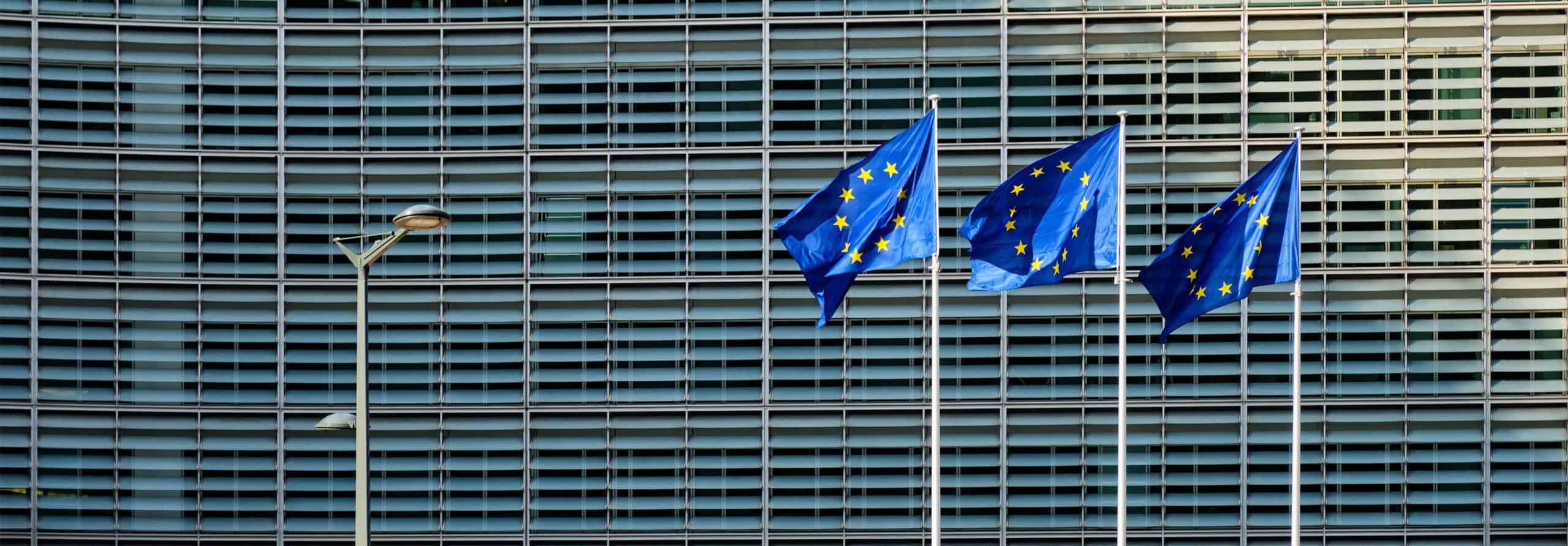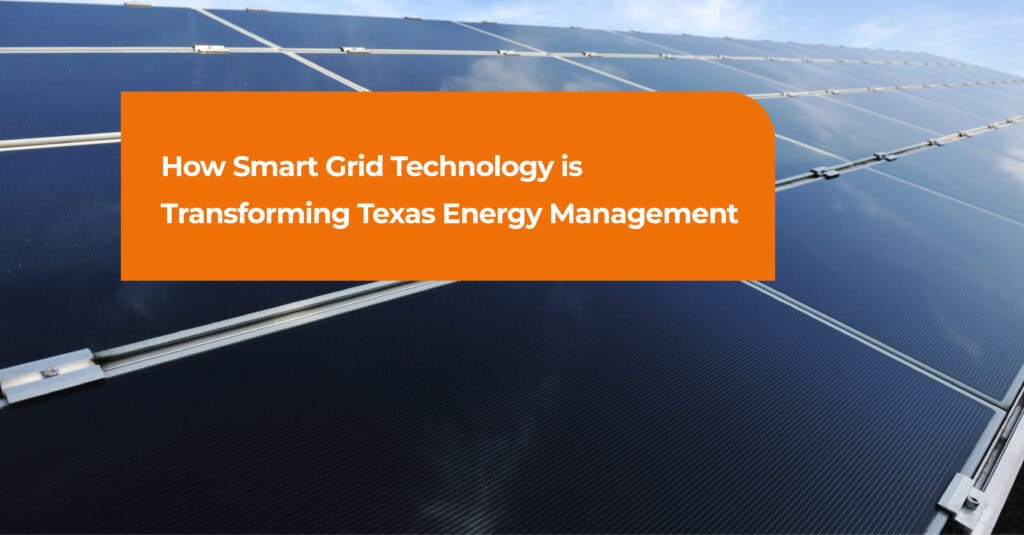
EU Considers Market Interventions to Tackle Rising Electricity Prices
The current electricity price crisis has highlighted flaws in our electricity market design. Understanding why is key to tackling this issue, and how the emergency measures the EU are proposing, aim to mitigate further deterioration throughout this winter.
Gas and electricity prices have reached record levels in 2022. They are expected to remain high for the rest of 2022, and to a lesser extent until 2024-2025, the EU executive warns. A common question is how, if a country like Ireland is already generating approximately 40% of its electricity from wind and other renewables, can electricity prices rise to such levels solely due to international gas prices rising?
The answer lies in the market design
At present, the predominant electricity market design is based on the marginal price of electricity setting the price for all generators; a so called “Pay-as-Clear” design. That is – the cost of the final Megawatt (MW) of generation required to meet demand on the grid at each moment in time sets the market clearing price.
While many European countries have multiple markets, differentiated by proximity to real time (for example, Ireland holds Day-Ahead, Inter-Day and real-time Balancing Markets), the core principle is as follows: generators of all technology types bid their electricity into the market, while the Market Operator determines the necessary volume, based on predicted demand. Using these bids, a “Merit Order” is created by sorting offers from the lowest-priced to the highest-priced. The market then dispatches generators based on this Merit Order, cheapest first, until the necessary volume for demand has been met. For example, if offers in the merit order are priced from €0 to €100, the cheapest offers (€0) are dispatched first and the last offer dispatched to meet demand is priced at €40, the Clearing Price is €40. All chosen offers that were dispatched before this are then paid this price, regardless of their own bid price.

Figure 1 – Pay-as-Clear market design. Source: AESO
This system, akin to all other commodity markets, was designed to encourage generators to bid their production quantities at the cheapest possible price; to maximise the probability of being selected to generate. In the short run, this discourages producers from overstating their cost, and in the long run, it incentivises lower cost technologies to enter the market to earn Inframarginal Rents (the profit captured between a generator’s production costs and the clearing price they are paid for their output), as illustrated in Figure 2. This system allows producers with low operating or “marginal” costs to recover their capital costs over a period using this Inframarginal Rent.

Figure 2: Marginal cost pricing for power supply. Source: E&C
This market design has shown significant merit in ensuring that generation dispatched at any given time is the most efficient, or cheapest. It has also been the foundation upon which governments have layered support schemes to encourage investment in new generation capacity, including renewables. We have seen the success of this system to date, with high levels of renewable energy across Europe, especially in Ireland. However, a topic that is receiving increased attention, is the requirement to revisit the fundamentals of the market design as we move to a generation mix that is predominantly constituted of high CAPEX, low marginal cost, renewable energy technologies.
While major market reforms are likely to take several years, the unprecedented gas prices caused by the ongoing war in Ukraine, and the consequent energy crisis being felt in Europe and further afield have accelerated the requirement for change. European policymakers view short-term market interventions as essential in the face of the current crisis.
What has happened to prices now?
In this market, provided the system requires even a single gas fired generator (which, in most EU countries is the case, most of the time), the market clearing price for electricity is set by a gas fired generator, and therefore the electricity and gas market prices are effectively coupled. As gas prices rise to record levels of nearly €500/MWh, caused principally by Russia’s invasion of Ukraine and the subsequent reduction of imports from Russia, so too does the market-wide price for electricity. This price, as explained above, is then paid to all generators on the system.
Using Ireland as an example, even though a large portion of its electricity mix comes from wind for which the operating costs haven’t risen in price, generators which are not subject to a Contract for Difference type support arrangement – with the obligation to pay back revenues above a certain €/MWh “Strike Price” – are receiving the marginal price as set by a gas fired generator, thus driving up the overall costs of electricity for consumers.
So how do we fix it?
It’s complicated! Aside from being highly political, these market design elements are the foundation of our electricity system. Any alternative market structures also have benefits and drawbacks. Seemingly simple solutions such as removing marginal pricing or introducing a windfall tax on low marginal cost or ‘Inframarginal Technologies’, for example, need to be carefully considered vs. the risk that such measures might destabilise the market, and harm the incentives required to enable the investments that are so critical to achieving our 2030 & 2050 climate targets.
The other side of the argument concerns the affordability of electricity for households and businesses, and the severity of the price shocks currently being faced. It is essential that electricity is provided at a reasonable price, and with a high degree of reliability.
Discussions at the EU level have centred around these issues, and the European Commission has indicatively proposed a package of measures to tackle the affordability and security of supply crises while at the same time endeavouring to limit any negative effects on essential market signals.
While noting that these are highly subject to change as a result of the ongoing discussions, the 5 measures currently proposed by the European Commission are:
- Reduction targets for electricity consumption, particularly during peak times when demand, and therefore prices, are at their highest.
- Setting a price cap for Inframarginal Technologies, obligating generators with low operating costs such as renewables to pay back any wholesale market revenues in excess of a fixed cap, expected to be c. €200/MWh.
- Solidarity Contribution from fossil fuel companies such as oil and gas producers currently making high profits due to international prices.
- Enabling liquidity support for energy companies through state guarantees, reducing the impact of the current liquidity crisis driven by enormous collateral calls for companies trading on electricity exchanges.
- Consumer Support Measures such as regulated tariffs and/or direct income supports using revenues generated from measures #2 and #3. One thing ruled out, however, is the use of revenues to support industries suffering from high prices.
- Price cap on Russian gas as a fallout of Moscow suspending European gas supplies. How this would be implemented, however, remains highly uncertain.
Outlook
In conclusion, while the discussions on potential emergency market interventions are rapidly evolving, it is crucial to identify and understand the root causes of the current price spike. Tackling these issues is complex and challenging, and any solutions must be balanced to prevent market destabilisation and unintended consequences which hinder the achievement of our long-term climate targets.
VIOTAS continues to carefully watch developments at the EU level, as they unfold. All stakeholders anxiously await news from the extraordinary meeting of energy ministers from the EU27, due to take place on Friday 9th September, as well as next week’s State of the European Union address, when President Von der Leyen will give an update and outlook on these dramatic interventions.
Contact us for more information.



